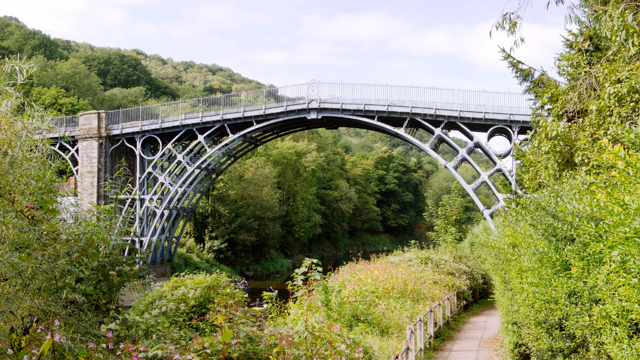
There is a growing body of research that is proving how built heritage benefits people’s wellbeing. The 2019 report, Heritage and Society, produced by Historic England as part of the Heritage Counts series, showed that engaging with or living near heritage is associated with higher life satisfaction and quality of life. The research highlighted the therapeutic effects of historic landscapes, ‘blue’ spaces (such as canals, rivers) and ‘green’ spaces (such as historic parks), and the importance of shared identity and connection. This helps both the NHS and the economy, as shown by Daniel Fujiwara and George MacKerron in their 2015 study. They estimated that visiting heritage sites saves the NHS over £193.2 million through reductions in GP and psychotherapy appointments, with a further contribution of £105.1 million coming from visits to museums.
In 2008, the Government Office of Science published a report promoting the five ways to wellbeing. These are suggestions that individuals can take to promote their own wellbeing: Be Active, Give, Keep Learning, Connect and Take Notice. Since then, Historic England has supported and developed programmes which have been delivering wellbeing to our society – such as Heritage at Risk, Heritage Schools and a plethora of volunteering and research projects. The capacity of the historic environment to contribute to individual and collective wellbeing is the basis of Historic England’s Heritage and Wellbeing Strategy, in which we outline how to ensure that everyone can benefit.
Many heritage organisations, from The Canal and River Trust and the National Lottery Heritage Fund to archaeological companies and local amenity societies, have developed strategies and plans which put wellbeing at the core of what they do. The range of wellbeing opportunities provided by the heritage sector is demonstrated in the latest Heritage Alliance report on Heritage, Health and Wellbeing
All this evidence shows that heritage can support our wellbeing in the following ways:
- By connecting with places that are meaningful for us (using the five ways to wellbeing)
- By making visits to inspiring heritage sites
- Through participating in activities related to our heritage.
It’s so important to connect through our local and national heritage and by supporting our community and personal wellbeing. Here are some ways we can use heritage to apply the five ways to wellbeing:
- Be active – go outside and explore those special landscapes around us
- Keep learning – expand our knowledge about our past and the places we live in
- Connect - with our community and its heritage, feel that we belong to something bigger and meaningful
- Give – by supporting our community and volunteering at some of the special places around us in time of need
- Take notice - of what’s around us from our street to the local park, church, bridge or historic building.
Think about what they all mean to us, our community and our lives in that place. Find out more on Historic England’s website – Heritage & Wellbeing.
---------------------------------------
Dr Desi Gradinarova is Senior Policy Adviser for Wellbeing and Inclusion at Historic England and Head of Historic Environment at National Academy for Social Prescribing

Dr Desi Gradinarova


